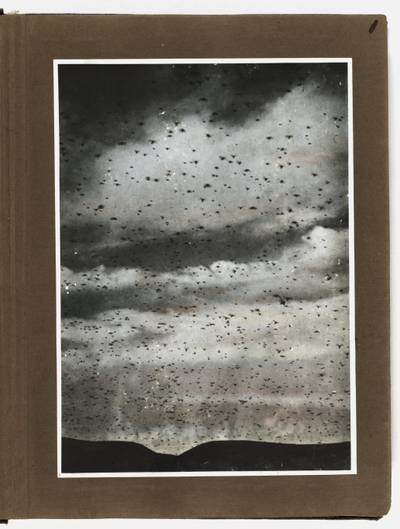

Essays
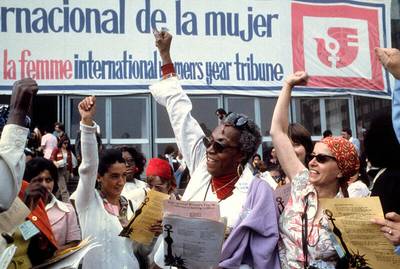

Amidst this uprising, several feminist film collectives emerged, adding to this momentum by making films and videos that disrupted the representations of women on screen, challenged their seclusion from the public sphere, and both fuelled and documented feminist campaigns and events. Despite the magnitude and significance of feminist cinema, its influence remains largely unspoken.
READWomen’s Uprising and the Latin American Film Collectives of the 1970s and 1980s
Lorena Cervera’s essay presents several feminist film collectives that challenged mainstream cinema by engaging in political debates, documenting activism, and creating spaces for women’s voices across Latin America in the 1970s and 1980s. By showcasing their largely overlooked work, Cervera emphasises their enduring cultural and political significance.
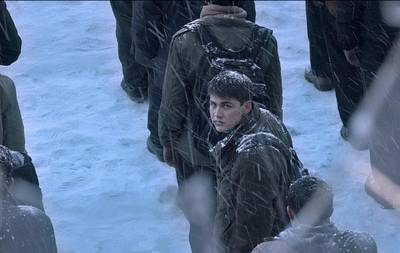

Art functions both as representation and as a tool for shaping society. Independent Iranian cinema could have offered an alternative narrative to the official one, defended Afghan migrants against exclusionary policies, upheld their human dignity, and fostered a more realistic understanding among Iranians. Instead, the Afghan individual has rarely been a concern in Iranian society.
READTracing Hazaras in Iranian Cinema: Historical Perspectives and Reflections
For over a century, Afghanistan’s Hazaras have endured violence, displacement, and marginalization. Their migration to Iran and subsequent representation in the cinema of Iran reveal enduring stereotypes, struggles for dignity, and the intergenerational impacts of historical trauma on this community.
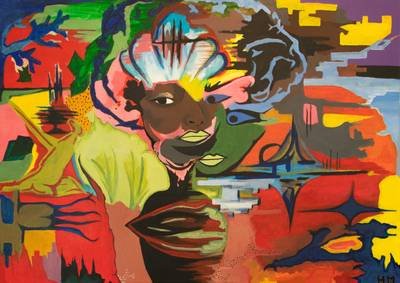

Their perseverance signals that the underrepresentation of Somali voices is not a reflection of lack of interest but of barriers that can and will be dismantled. As their presence grows, so too does the possibility of a cultural landscape that is not only more inclusive but also more honest about the histories, languages, and identities that it is made up of.
READOn the Cusp: the Underrepresentation of Somali-Finnish Youth in Finland’s Artistic Spaces
From limited mentorship opportunities to subtle cultural gatekeeping, this essay examines the educational, social, and cultural factors that contribute to the persistent underrepresentation of Somali-Finnish youth in Finland’s artistic spaces.
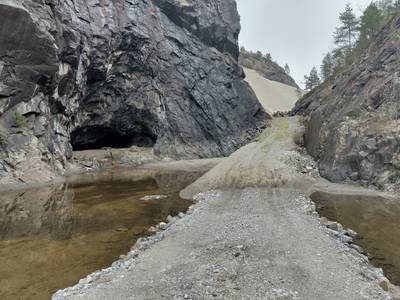

In Sokndal, southern Norway, humans have been digging the earth for generations. First for iron, then for ilmenite – mineral, black, heavy ilmenite. Titanium-iron oxide pulled from the mountain’s dark seams to make the whitest of whites…
READHow Stone is Made to Disappear: Notes from Sokndal
In the Sokndal region of Norway, ilmenite – the dark mineral crucial for the fabrication of titanium white pigment has been mined for generations. In this essay, writer, artworker Joss Allen reflects on the relationship between humans and a landscape shaped by extraction, delving into geological time, industrial impact, and the persistent traces of removal.
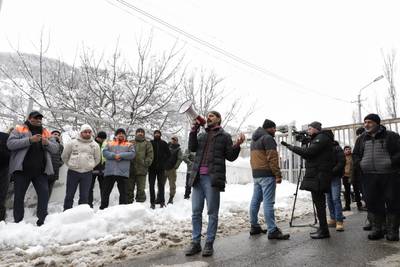

On January 31st, workers at the Zangezur Copper-Molybdenum Combine (ZCMC) in Armenia’s southern Syunik region launched a wildcat strike to demand safer working conditions and adequate wages. Unprecedented in scale since Armenia’s independence, the eleven-day strike was nothing short of revolutionary, as over 2000 workers self-organized in defiance of corporate authority.
READA Mine That’s Not Ours: Land, Labor and Resistance in Armenia’s Syunik Region
In Armenia’s Syunik region, a wildcat strike at the Zangezur mine exposes deep-rooted exploitation, colonial extractivism, and the human cost of a neoliberal economy prioritizing profit over people.
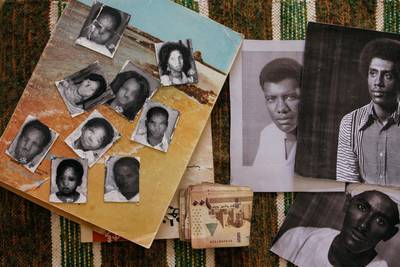

The relationship we have now as cultural practitioners who met again in exile is far more personal than it ever was. We share a deep trauma and a general concern that automatically breaks the formal and professional barriers. We also share an aggressively active survival instinct that sometimes hinders us from being as collective as we used to be or as we would like to be. The urgency of survival, however, does not diminish the impact of the shared trauma.
READNavigating Displacement: Mapping Exile and Memory Along Artistic Routes
Examining his own displacement, a Sudanese curator and former gallery owner reflects on the cultural, emotional, and psychological tolls from an ongoing war in Sudan through the movement and work of artists who relocated from Khartoum to Nairobi.
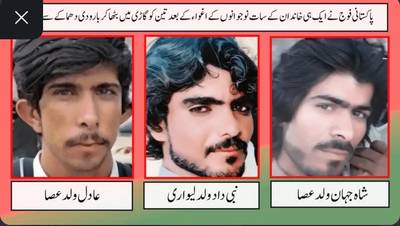

“When all seven were taken, we went to the local militia.”
“We begged for mercy. We pleaded for our sons.”
“We placed our turbans at their feet. The women laid down their chadars.”“We thought they would spare them.”
READ
“We thought they could not be this cruel.”
“But they are worse than we ever imagined.”Seven Beings, Three Returned in Pieces: The Tragedy of Balgatar
In November 2023, a photograph of a bombed car and dismembered bodies from Balgatar, Balochistan, spread online. This piece by Hazaran Rahim Dad investigates the tragic incident where seven young men from the same family were abducted, with three of them brutally killed, revealing a harrowing tale of state-backed violence and collective punishment.
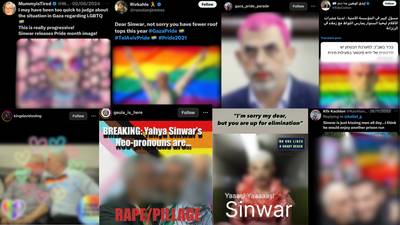

Musa Shadeedi examines how the feminisation and queering of Palestinian resistance in Gaza are used as tools of justifying genocide and occupation. By situating this tactic within its historical colonial and anti-Islamic context, Shadeedi exposes the contradictions inherent in these narratives.
READQueering Hamas: A Colonial Weapon
Musa Shadeedi examines how the feminisation and queering of Palestinian resistance in Gaza are used as tools of justifying genocide and occupation. By situating this tactic within its historical colonial and anti-Islamic context, Shadeedi exposes the contradictions inherent in these narratives.
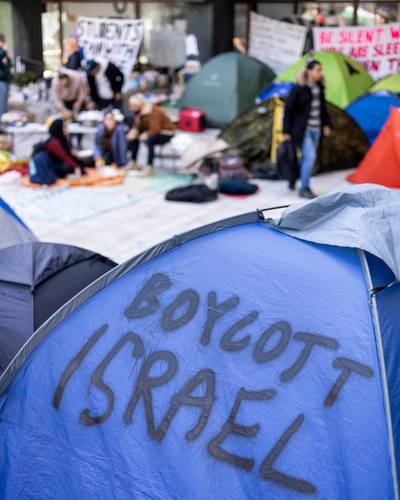

The opposition is not only between institutions and student activists—it also exists within our movement, manifesting in differing strategies. Should we focus on direct, visible actions or institutional processes? Should we shame the university publicly or appeal to its conscience? These approaches are not mutually exclusive—they reinforce each other.
READDisrupting Complicity: Students Organising for Palestine in Finland
Finland is not known for a strong tradition of radical student mobilisation. However, in the wake of the Al-Aqsa Flood and Israel’s genocide of Palestinians in Gaza, a wave of student activism emerged in three universities in Finland’s capital region: University of Helsinki, Uniarts Helsinki and Aalto University. In this text, the students share their experiences and processes while also mapping a web of connections that unite their actions in challenging their university’s complicity in genocide and settler colonialism.
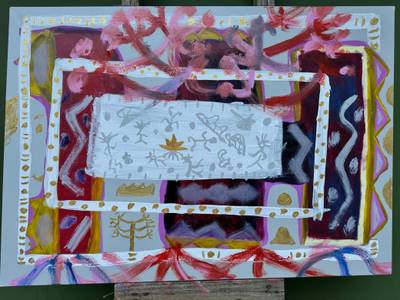

A conversation with Isabel and Carl Gakran about the Zág (Araucaria), an indigenous tree threatened with extinction. We talked about their project (Instituto Zág), Indigenous climate justice and the intersection between the Palestinian and the (Brazilian) Indigenous struggles.
READZág Trees, Forest Spirits, and the Settlers: A Conversation with Xokleng Kin
A conversation with Isabel and Carl Gakran about the Zág (Araucaria), an indigenous tree threatened with extinction. We talked about their project (Instituto Zág), Indigenous climate justice and the intersection between the Palestinian and the (Brazilian) Indigenous struggles.
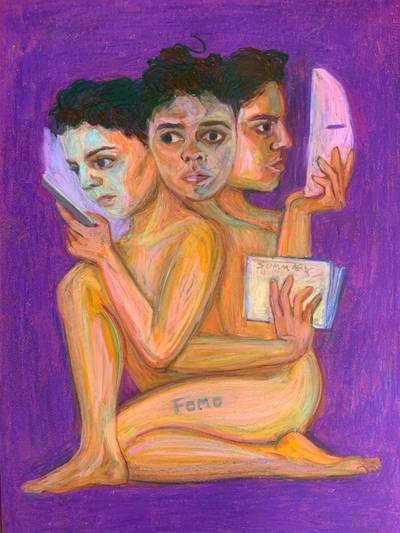

Being nearby might appear effortless, non-spectacular, and quiet. In dailiness, it fleshes out as a nonapparent, voyeuristically undetectable choreography of multiple consensual labours and commitments sore and exhausted with recurring waves of critical awareness about the dynamic injustices of the dominant world. Being nearby is not easy. I imagine its power and radical potential accumulating exactly in its uneasy, laborious nonapparentness: its working might remain undetected for the normative structures and appear inconsequential for the gargantuan dominant world.
READQueercrip Reflection on the Politics of Holding Tight vs. Being Nearby
Reflecting on the politics of holding and being nearby framed through the lens of queercrip experience and world-making to understand themes of embodiment, institutional trauma, and ethical social relationships.
